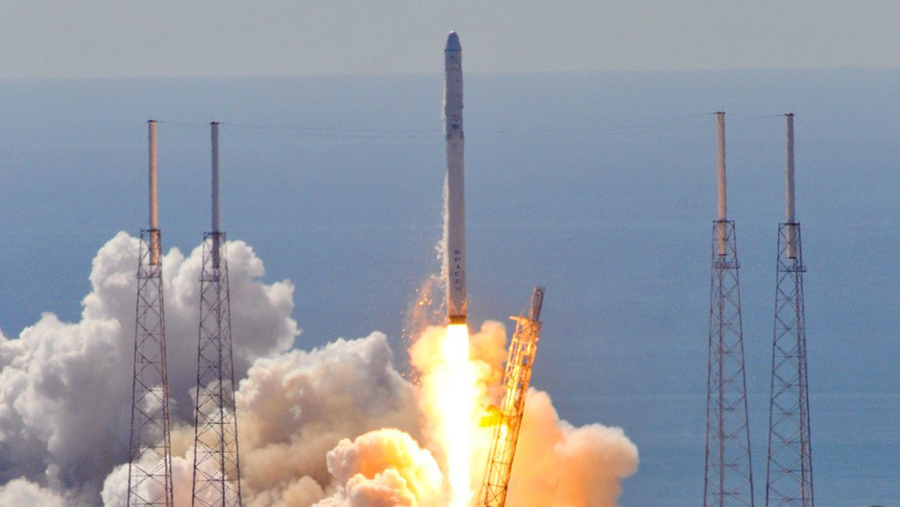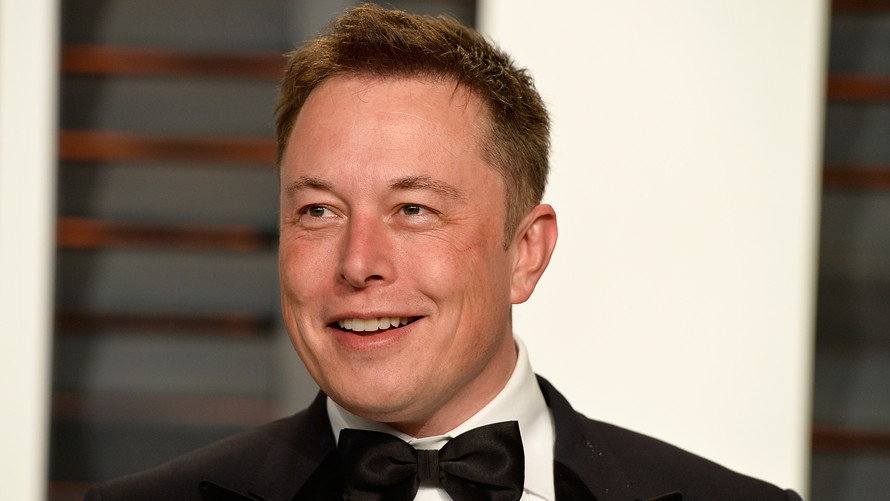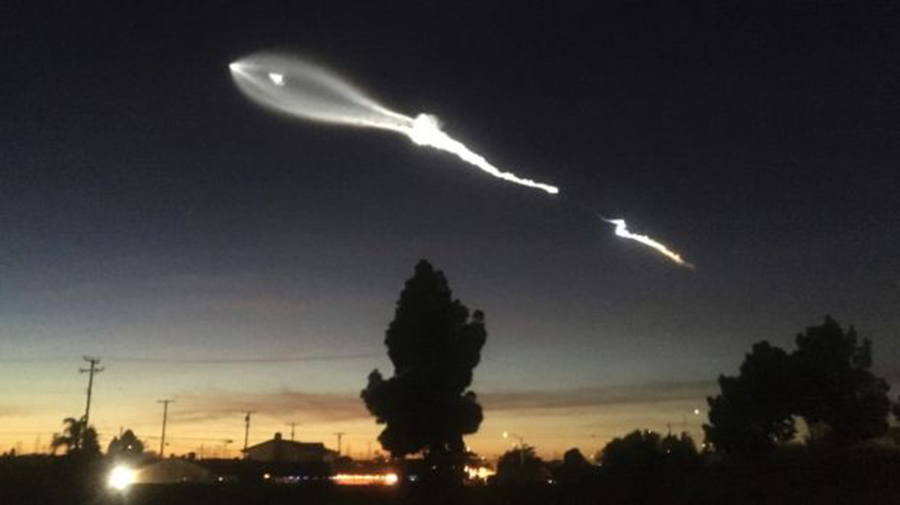Although SpaceX re-scheduled the Falcon 9 Rocket launch for Sunday, February 18, at the California’s Vandenberg Air Force Base, the mission was delayed again to February 21. This, to final-check the upgraded nose cone of the rocket.
SpaceX spokespeople claimed on Twitter that while the payload and vehicle were almost completed, the mission presented some extra requirement that forced them to delay the PAZ launch. The primary goal of this mission is to put in space a radar-imaging satellite from Hisdesat, a Spanish company, over the course of 5 years and a half.
Two thought-to-be-launched prototypes, along with the rocket, are part of a project that seeks to build a broadband network using satellites.
The Falcon 9
SpaceX manufactured a two-stage rocket global. The Falcon 9 is the first rocket ever able to re-flight. This is significant, according to the company, considering the unbelievably-expensive cost of accessing space, and the reusability of the Falcon 9 – which is an upgrade that could eventually help people reach other planets.
In 2012, in collaboration with the International Space Station, the Falcon 9 put the Dragon into orbit, and converted SpaceX in the first commercial company to visit the station. This also increased SpaceX’s missions.

According to the company, they want to deliver humans back to space. They hope to achieve this goal while the partnership with NASA is still valid.
The rocket only has two stages, a remarkably low number of separations, and nine engines that belong to the first stage – which allows the rocket be able to complete its mission even if one of the engines shut down.
The Falcon 9, in its standard payment plan, reaches a price of 62 million dollars, in comparison to its more significant partner the Falcon Heavy, which costs up to 90 million dollars. Their destinations include three options: the first one is the Low Earth Orbit (LEO), the second one is the Geosynchronous Transfer Orbit (GTO), and the last one is a Payload transported to Mars.
SpaceX launches its rockets from two facilities: the Space Launch Complex 40 in Cape Canaveral Air Force Station, Florida, and Space Launch Complex 4 East at Vandenberg Air Force Base, California. This last station is where the Falcon 9 will be launched on February 21.
Broadband Internet Proposal
Considering the significant number of people worldwide who do not have access to the internet, many companies are competing to find a better way to improve the access to this network across the planet. However, this mission makes some analysts believe that SpaceX is leading this race.

“Satellite technology can help reach Americans who live in rural or hard-to-serve places where fiber optic cables and cell towers do not reach. It would be the first approval given to an American-based company to provide broadband services using a new generation of low-Earth orbit satellite technologies,” the Chairman of the Federal Communications Commission, Ajit Pai stated:
Elon Musk, the owner of SpaceX, explained in 2015 that his internet business project aimed to create a global communications system. By rebuilding the internet in space, he could facilitate connections an make them faster than the traditional ones – which eventually could help fund a city on Mars.
Nevertheless, the project would start as a nationwide broadband service aiming to expand the internet to remote areas that are usually left aside – like rural sections and tribal lands, home of up to 15 million Americans today.
Competing for the satellite project
As companies like SpaceX plan to launch thousands of satellites into orbit in order to reach a wider audience, Telesat expects to compete with only 117 satellites, claiming its patent-pending deployment plan is the backup of the project.

The plan consists of a polar-orbit constellation that sets planes equally distanced from each other – 30 degrees apart – with an altitude of up to 1,000 km, inclined at 99 and a half degrees. It also includes an inclined-orbit constellation of five planes, equally spaced as well, 36 degrees apart from each other, inclined at 37.4 degrees and having an altitude of 1,248 km.
The polar-inclined constellation of satellites translates into global coverage with minimum angle elevations of roughly 20 degrees and will use Telesat’s ground stations located in Svalbard, Norway, and Inuvik, Canada. Vice-president of Telesat LEO, Erwin Hudson, explains that their constellation will be the lowest announced satellite system with a simplified spectrum-sharing hybrid architecture.
However, the company explains that its capacity, at first, will be relatively low in comparison to companies with greater systems like SpaceX. However, it hopes to add satellites as the demand increases, which could translate into financial terms being managed more carefully. Still, companies like SpaceX don’t aim to step back because of financial resources; its goal is to be the leading broadband services corporation.
Source: Space
